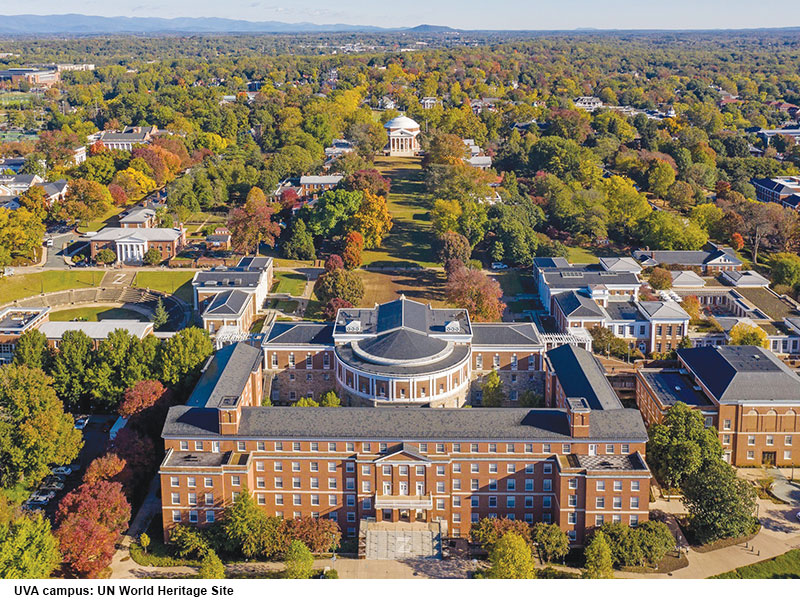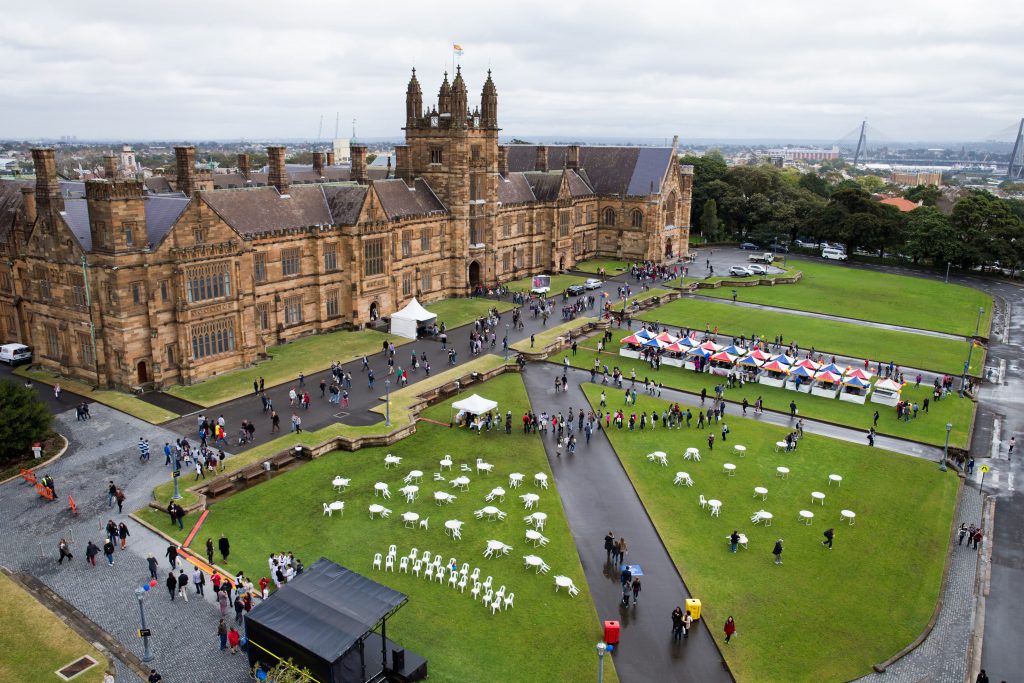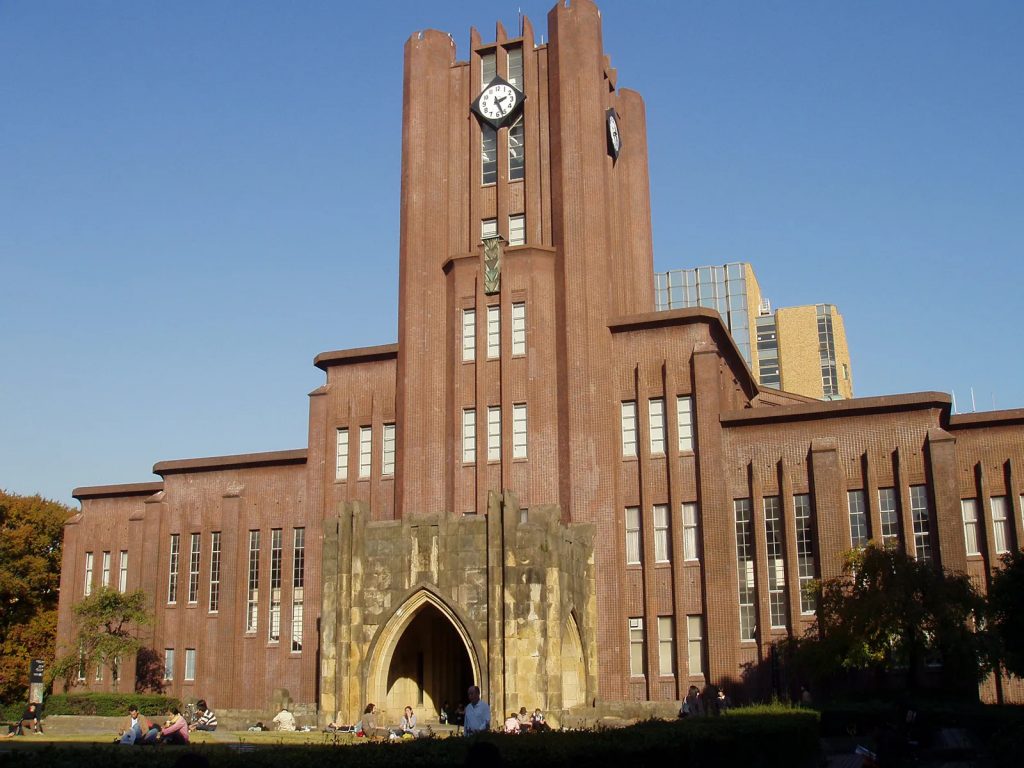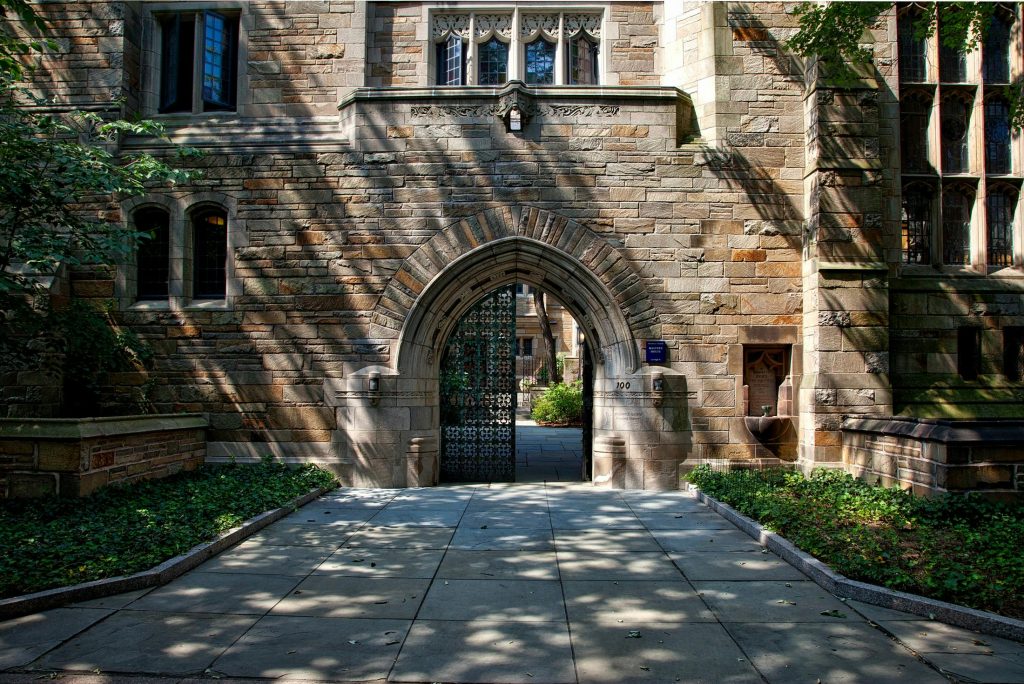Did you ever wonder where the concept of a university first began? Picture this: ancient scholars huddled over scrolls, debating philosophy and laying the foundations of modern education. The oldest universities in the world are not just institutions of learning but are the very bedrock upon which our contemporary education system stands. This article will take you on a journey through time, from the first universities in the world to those that pioneered education across different continents.
The Birth of Higher Education
Let’s travel back to when structured higher education was just a budding concept.
The earliest universities were more than places of learning ─ they were hubs of intellectual revolution. The oldest university in the world, often regarded as the University of Al Quaraouiyine in Morocco, founded in 859 AD, stands as a testament to human curiosity and the pursuit of knowledge. This institution began as a mosque and eventually evolved into a full-fledged university, offering a variety of subjects, including natural sciences and the study of the Quran.

But Al Quaraouiyine wasn’t alone. Around the same period, universities began emerging in other parts of the world, driven by the same insatiable thirst for knowledge. These early institutions set the stage for the future of higher education, providing a model for subsequent universities worldwide.
In the Islamic world, the University of Al-Azhar in Cairo, founded in 970 AD, quickly became a premier center for Islamic learning. It was crucial in preserving and transmitting Islamic culture and knowledge through the ages. Al-Azhar’s establishment marked the beginning of a rich tradition of scholarship in the Arab world that would significantly influence the intellectual life of the medieval and modern eras.

Meanwhile, in Asia, ancient learning centres such as Nalanda University in India, established around the 5th century AD, provided comprehensive educational programs long before the formalized concept of a university as we know it today. Nalanda was an early example of a residential university and attracted students from as far as China, Korea, and Southeast Asia, laying the groundwork for cross-cultural academic exchange.

The Oldest Universities in Europe
Europe is home to some of the most ancient universities, many of which continue to operate today. These institutions have survived the test of time and played pivotal roles in shaping the educational landscape.
University of Bologna
Founded in 1088, the University of Bologna in Italy is often celebrated as the oldest university in Europe. Known as the “Nourishing Mother of the Studies,” it established the university as a degree-granting institution. Bologna was unique because it was a student-controlled university, meaning students hired and fired professors, a practice that empowered them and set high academic standards. Its influence spread across Europe, inspiring the foundation of other universities.
The University of Bologna introduced the concept of academic freedom and universitas, referring to the community of teachers and scholars that defined the medieval European university. This idea of a scholarly community bound by a common pursuit of knowledge would become a cornerstone of higher education throughout Europe and beyond.

University of Oxford
Just a few decades after Bologna, the University of Oxford emerged in England around 1096. Oxford’s founding date remains unclear, but its historical impact is undeniable. It became a leading center for learning, attracting scholars from all over Europe. The university’s structure, consisting of independent colleges, each with a unique culture and traditions, has become a model for universities worldwide. Famous alumni include Stephen Hawking, J.R.R. Tolkien, and many British Prime Ministers, showcasing its enduring legacy.
As the oldest university in Europe, Oxford’s influence on the academic world is profound. It pioneered the tutorial system, a distinctive feature of its pedagogical approach. In this system, students engage in one-on-one discussions with tutors, fostering critical thinking and deep understanding. This system has been widely emulated and remains a hallmark of Oxford’s educational philosophy.

University of Paris
The University of Paris (often called the Sorbonne), founded around 1150, became one of Europe’s most important educational institutions. It was especially renowned for its faculties of theology and philosophy. The Sorbonne’s model of specialized faculties influenced the development of other medieval universities, establishing a framework that many modern institutions still follow.
The University of Paris was instrumental in the development of scholasticism, a method of critical thought that dominated medieval European universities and sought to reconcile Christian theology with classical philosophy. Scholasticism’s intellectual rigor and systematic approach set high standards for academic inquiry that have persisted through centuries.

The Oldest Universities in the Americas
Crossing the Atlantic, the Americas also boast a rich history of higher education institutions. The first university in America, the University of San Marcos in Peru, was established in 1551. However, Harvard University, founded in 1636, takes the spotlight when discussing the oldest university in the US.

Harvard University
Harvard is the oldest university in the US and one of the most prestigious. Located in Cambridge, Massachusetts, Harvard began as a simple college intended to train clergy but quickly expanded its curriculum. Today, it stands as a global leader in various fields, from law to medicine, influencing educational standards worldwide.
Harvard’s contributions to the global academic community are immense. It houses the largest academic library in the world, the Harvard Library, which contains over 20 million volumes. Its research output is unparalleled, and its faculty and alumni include numerous Nobel laureates, Pulitzer Prize winners, and leaders in various fields.

University of Santo Tomas
In the context of the broader Americas, it’s important to mention the University of Santo Tomas in the Philippines, established in 1611. It serves as an example of how European colonialism spread educational institutions to the New World. These universities brought European models of education, which were then adapted to local contexts.
The University of Santo Tomas, also known as UST, is the oldest existing university in Asia and has been a cornerstone of higher education in the region. UST has made significant contributions to the cultural and intellectual life of the Philippines, producing numerous national heroes, presidents, and notable figures in various fields.

University of Virginia
Another significant institution in the US is the University of Virginia, founded by Thomas Jefferson in 1819. It was unique at the time for its separation of church and state in the academic curriculum, a radical idea that promoted a secular approach to education. Jefferson saw his vision for the university as nurturing leaders who would contribute to the new American republic, and this mission continues to influence its educational philosophy today.

The Pioneers of Education in Other Continents
Moving beyond Europe and the Americas, let’s explore the pioneers of higher education in other parts of the world.
University of Sydney
The University of Sydney, founded in 1850, is the oldest university in Australia. It was established to provide higher education to all, regardless of religion or social status. The University of Sydney has grown into a major research institution, contributing significantly to the Australian and global academic landscapes.
The University of Sydney’s establishment marked a turning point in Australian education, promoting liberal education and academic freedom. Its commitment to inclusivity and excellence has made it a leading Southern Hemisphere institution known for its research output and diverse academic programs.

University of Tokyo
The University of Tokyo, founded in 1877, epitomizes Asia’s contribution to ancient higher education. While not as old as some of its European counterparts, it was the first national university in Japan and has played a crucial role in Japan’s modernization and development. The University of Tokyo continues to be a leading institution in Asia, influencing educational practices across the continent.
The University of Tokyo, often referred to as Todai, has been at the forefront of scientific and technological innovation in Japan. It played a pivotal role in the country’s post-war recovery and economic growth, contributing to advancements in various fields such as engineering, medicine, and social sciences.

Aligarh Muslim University
In India, Aligarh Muslim University (AMU) was established in 1875 by Sir Syed Ahmed Khan. It became a key institution for higher education and research in India, focusing on modern sciences, humanities, and social sciences. AMU has a unique history of promoting educational reform and modernization in India, bridging traditional Islamic education with contemporary academic disciplines.

Modern Implications of Ancient Institutions
While steeped in history, these ancient universities are far from relics of the past. They have laid the groundwork for modern education systems around the globe. The methodologies, administrative structures, and curricula developed by these early institutions have profoundly influenced contemporary universities.
For example, the University of Bologna’s student-centered model paved the way for modern educational institutions to consider student feedback a critical component of academic success. Meanwhile, Oxford’s college system has been replicated in universities worldwide, fostering a sense of community and individuality within larger institutions.
Furthermore, these universities remain at the forefront of research and innovation. For instance, Harvard’s research output and influence in policy-making showcase how historical institutions remain relevant and vital to contemporary society.
The University of Sydney’s commitment to inclusivity and the University of Tokyo’s role in technological advancements highlight the ongoing contributions of these venerable institutions to global progress.
These institutions’ resilience is noteworthy. Despite facing numerous challenges over the centuries, including wars, political upheaval, and societal changes, they have adapted and thrived. Their ability to evolve while maintaining their core values is a testament to their enduring significance.
Final Thoughts on the Universities’ Significance
The journey through the history of the oldest universities in the world reveals more than just dates and names ─ it uncovers the very foundation of our modern education system. From the University of Al Quaraouiyine in Morocco to the University of Sydney in Australia, these institutions have transcended time, shaping the world’s minds. Their legacies continue to thrive, proving that while the pages of history turn, the quest for knowledge remains eternal. The oldest universities are not just historical landmarks but living entities that continue to inspire, educate, and innovate, ensuring that the flame of learning burns brightly for future generations.
These institutions’ unique history and contributions remind us that education is a continuous journey. As we advance into the future, the lessons from these ancient universities guide us, highlighting the importance of intellectual curiosity, academic freedom, and the relentless pursuit of knowledge. Whether you are a student, educator, or lifelong learner, the stories of these venerable institutions serve as a beacon, illuminating the path to a brighter and more enlightened world.

